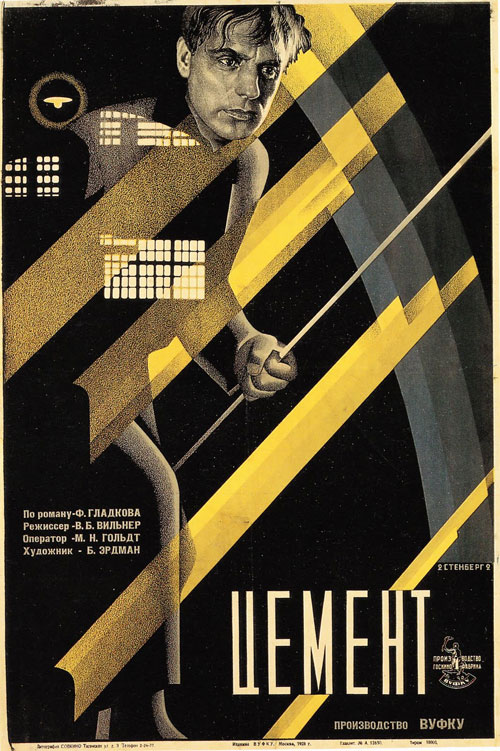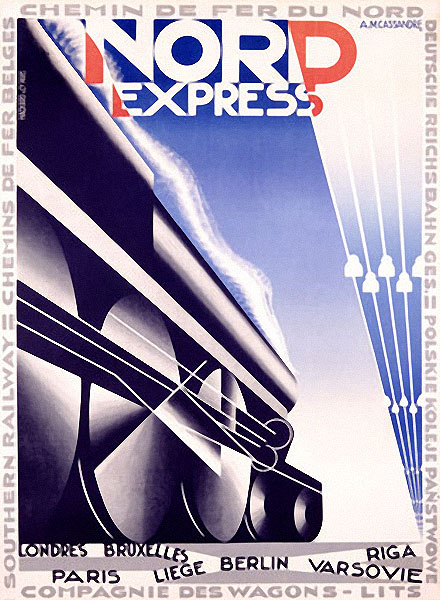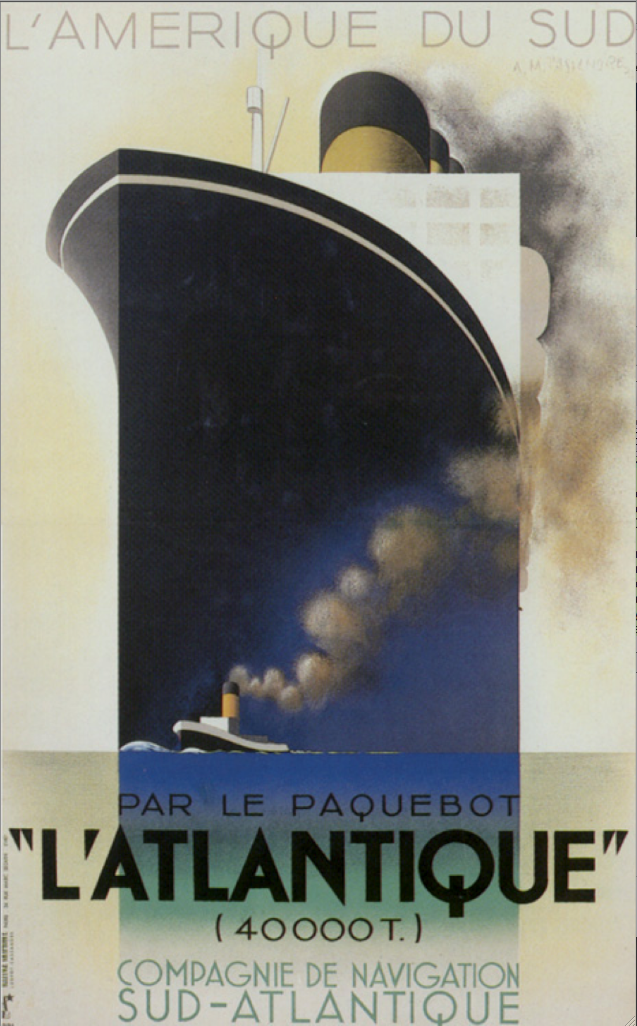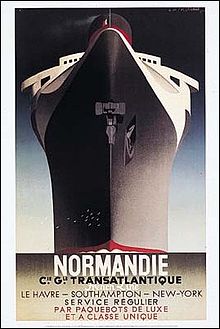The complaisant Art patron
October 3, 2016
In 1917 Marcel Duchamp, one of my favorite artists, produced a porcelain urinal and submitted for the exhibition of the Society of Independent Artists as a work of art.
No! Mr.Duchamp, that mass produced Urinal is not art. Not to me anyway. As much as I admire Duchamp as an artist I disagree with his Urinal as a piece of art argument. A true work of art should move the viewer, evoke a reaction, a feeling, perhaps a new visual exploration of the world, a beautiful, realistic representation of the familiar. A true work of art is a blend of artist's sweat and tears, skill and creativity. A true work of art is not rebranding, redefining or reinterpreting an object. To me this is a philosophical or intellectual argument not an artistic one.
This is why I never understood why Mr.Warhol is considered to be among the greatest artist of 20th century yet Mr.Leroy Neiman's work is scoffed at by serious art collectors. I believe Mr.Neiman fits the description of an artists more than Mr.Andy Warhol does. All Mr.Warhol did was to re market the Soup can, The Barilo detergent, just like Duchamp tried to do years earlier with the urinal. No, Andy Warhol was always more of a celebrity than an artist. I will skip over the awful silk screen paintings hanging at the museums, specially the celebrity portraits. My God!!!
As for artistic skill and talents please go and take a look at Mr.Warhol's illustrations when he worked in advertising and fashion industry. No wonder he picked up on silk screening and photography. Here was a man with no artistic skill whose only talent was to copy Duchamp. Except, this time with advent of new media and celebrity the art world "elite dealers" were able to shove the "celebrity artist" down our throats.
The multimillionaire who buys a Warhol silk screen painting for $20,000,000 does not question the artistic merits of the painting. No, his ego is satisfied, a complaisant good boy in the pockets of the art dealers, who does as he is told, scared to question his motivation for the purchase. Yet, if a Leroy Neiman painting was hung next to his beloved Warhol his gaze would always gravitate towards the Neiman painting. Such is the power of true Art.
Unfortunately, there is a lingering insecurity among art fans and art collectors. After all who knows what constitutes good art. It is a very subjective matter. This has created a culture of complaisance and for too long the art dealers have taken advantage of this fact and sold us on fake artists.
Please take a look at Willem De Kooning or Jasper Johns to see true artists creating real art.
No! Mr.Duchamp, that mass produced Urinal is not art. Not to me anyway. As much as I admire Duchamp as an artist I disagree with his Urinal as a piece of art argument. A true work of art should move the viewer, evoke a reaction, a feeling, perhaps a new visual exploration of the world, a beautiful, realistic representation of the familiar. A true work of art is a blend of artist's sweat and tears, skill and creativity. A true work of art is not rebranding, redefining or reinterpreting an object. To me this is a philosophical or intellectual argument not an artistic one.
This is why I never understood why Mr.Warhol is considered to be among the greatest artist of 20th century yet Mr.Leroy Neiman's work is scoffed at by serious art collectors. I believe Mr.Neiman fits the description of an artists more than Mr.Andy Warhol does. All Mr.Warhol did was to re market the Soup can, The Barilo detergent, just like Duchamp tried to do years earlier with the urinal. No, Andy Warhol was always more of a celebrity than an artist. I will skip over the awful silk screen paintings hanging at the museums, specially the celebrity portraits. My God!!!
As for artistic skill and talents please go and take a look at Mr.Warhol's illustrations when he worked in advertising and fashion industry. No wonder he picked up on silk screening and photography. Here was a man with no artistic skill whose only talent was to copy Duchamp. Except, this time with advent of new media and celebrity the art world "elite dealers" were able to shove the "celebrity artist" down our throats.
The multimillionaire who buys a Warhol silk screen painting for $20,000,000 does not question the artistic merits of the painting. No, his ego is satisfied, a complaisant good boy in the pockets of the art dealers, who does as he is told, scared to question his motivation for the purchase. Yet, if a Leroy Neiman painting was hung next to his beloved Warhol his gaze would always gravitate towards the Neiman painting. Such is the power of true Art.
Unfortunately, there is a lingering insecurity among art fans and art collectors. After all who knows what constitutes good art. It is a very subjective matter. This has created a culture of complaisance and for too long the art dealers have taken advantage of this fact and sold us on fake artists.
Please take a look at Willem De Kooning or Jasper Johns to see true artists creating real art.
Posted by Robert Mardosian.
. Poster by Stenberg Brothers.jpg)











